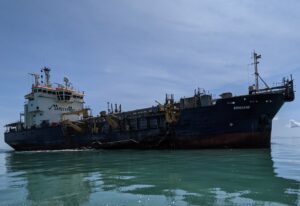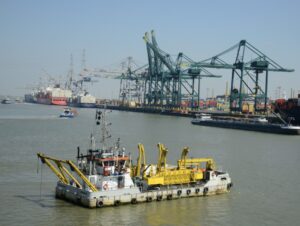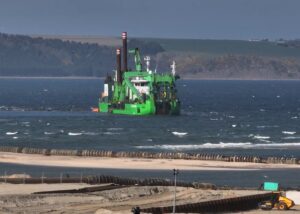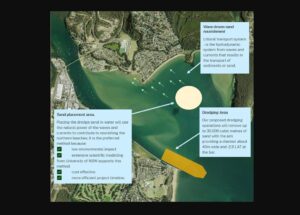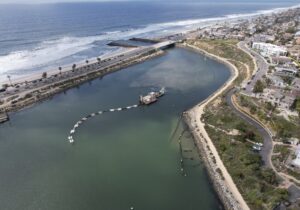Looking back on one of the greatest engineering feats – The St. Lawrence Seaway
The Saint Lawrence Seaway stands as one of the greatest engineering feats of the 20th century, yet it remains one of the least talked about.
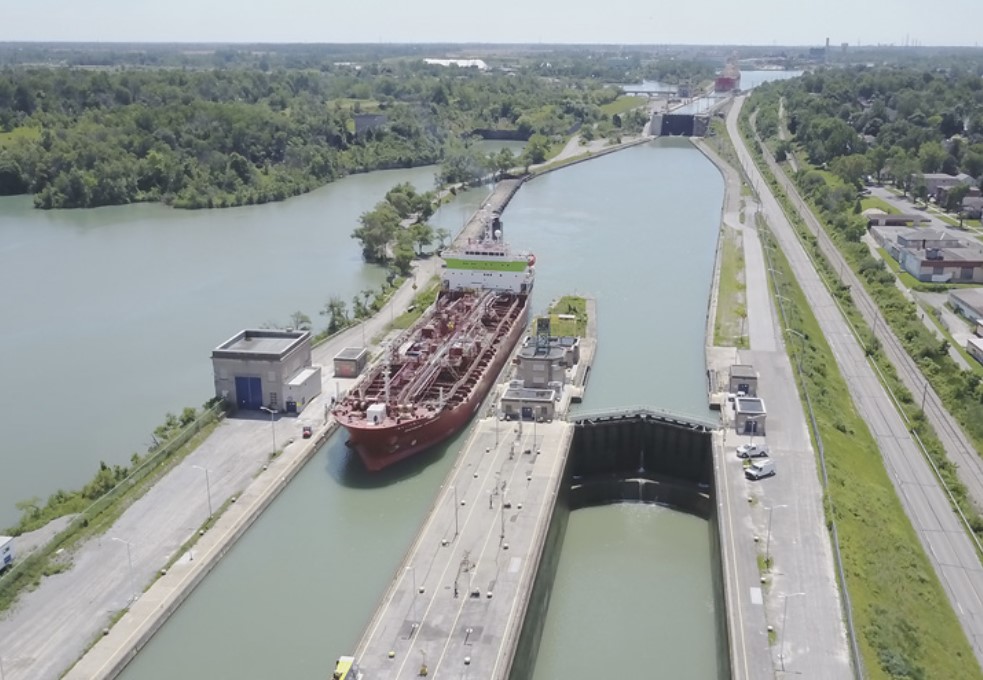
Initiated in 1954 and completed in 1959, this massive infrastructure project transformed North American trade and transportation by connecting the Atlantic Ocean to the Great Lakes, allowing large ocean-going vessels to travel deep into the North American continent via a complex system of locks and channels.
The project required the labor of 22,000 workers, the removal of 210 million cubic yards of earth and rock, and the pouring of more than six million cubic yards of concrete. It was a transformative achievement comparable in scale and impact to the construction of the Panama Canal.
The US Army Corps of Engineers, in partnership with Canadian authorities, played a critical role in its construction, ensuring the Great Lakes region could compete on the global stage. Today, cargo moving through this waterway supports $50.9 billion in U.S. economic activity and sustains over 356,858 jobs.
From dredging and lock maintenance to environmental management, the Army Corps continues to play a critical role in maintaining the seaway to ensure it remains a vital part of North America’s transportation infrastructure.
Learn more about the Saint Lawrence Seaway.


